Women’s Training Symposium 2019
[Tom: Welcome to a special guest blog! We work with two climbers over in Germany, Mischa Hawker-Yates and Cora Schubert, who happen to go out together and also climb/train together! When we they came over to the UK for the Women’s Training Symposium we thought it would be a great chance to have Mischa observe Cora’s experiences of the day and write a perspective on it all so we can see what everyone found interesting and useful. Take it away!]
When I met my partner Cora she’d been climbing for 2 months. On our first day out, she decided that top-roping was a bit rubbish, on-sighted 2/3rds of a 7a on which she used a crazy amount of fight (grunts, gurns, head jams!) and finally whipped off some greasy crimps when her arms burnt out.
Needless to say, it got my attention. Since then we’ve climbed together loads and I learnt a lot from her and the Women’s Training Symposium piqued my interest further…
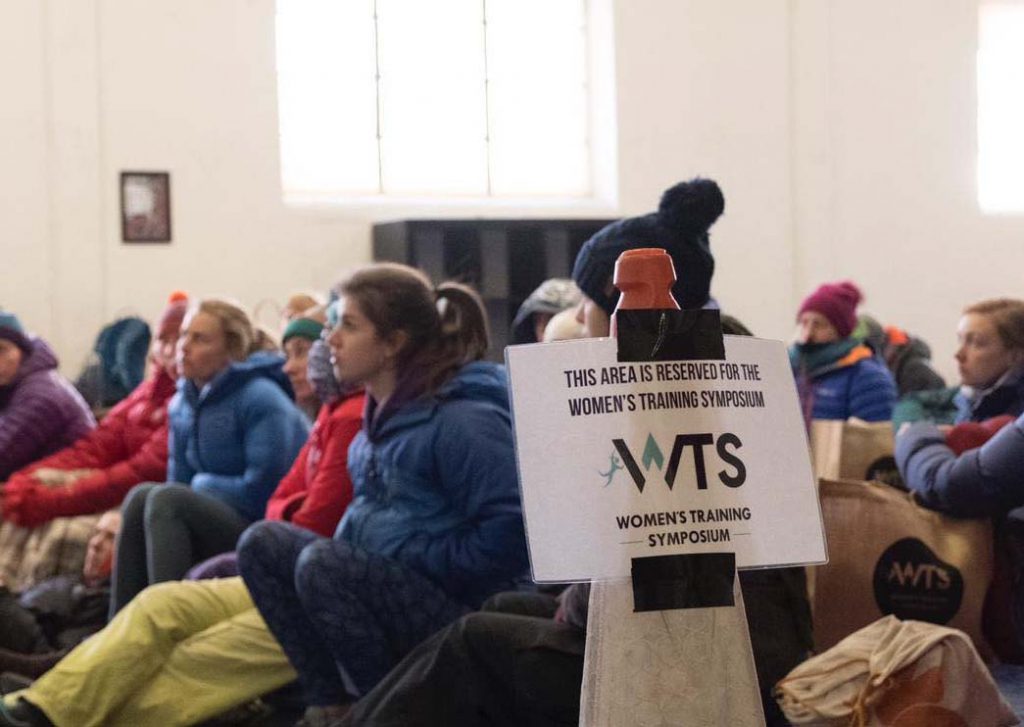
I’ve always been a bit perplexed by the apparent male dominance of the UK climbing scene because I grew up in a household of women and some of my first role models within the sport were strong, bold climbers like Hazel Findlay who didn’t seem to let the fact that she didn’t have a Y chromosome get in the way of burning off most of the world on trad and sport. The Women’s Training Symposium was the perfect antidote to this because it showed just how many high performing female climbers are out there and pooled together a massive amount of knowledge on training and performing on rock. I place huge value in the opportunity to share in other peoples’ knowledge and learn new methods for bettering my climbing: something I’ve done extensively on the Lattice Facebook community group. When Cora decided she was going to fly to the UK to attend, I made the decision to accompany her and get a feel for the cutting edge of climbing sports science.
Why am I writing this? Ironic that a guy is writing about the women’s training symposium, right? Well, maybe not. One of the most interesting ways to expand your knowledge is to see a subject from a completely different angle. I’ve spent a lot of time figuring out what training works for me, what rhythms fit me best, how my body reacts to certain kinds of loading – and on this path it’s easy to lead to information stagnation and lose track of the right approach. By observing how people with a different build, different body type, different gender, approach the topic. Perhaps I could gain a new perspective.
Lattice organised the event alongside Derby Uni to maximise the opportunity for gratuitous data-gathering – it was like the clock had turned back to my days on the Buxton Outdoor degree with researcher Dave Giles and my former lecturers Nicola Taylor and James Mitchell carrying out a range of new and current testing protocols assisted by a hugely enthusiastic team of student volunteers. Other notable names included Alex Barrows, Mina Leslie-Wujastyk and World Champion diver Jane Cooke, whose core strength absolutely wipes the floor with pretty much any climber I know.
The main focus of the data gathering which occupied the morning was Critical Force and Rate of Force Development which in short measures the speed with which you can engage a hold and the peak force you can put through it. This is incredibly interesting data because measuring these factors basically helps us better define our own ability and identify trends relating to the relevant energy systems. Other testing focused around biometrics including arm-span, height and body fat percentage, alongside more climbing specific tests like the Power Slap – hanging static from a big rung and campus-slapping as high as you can on a graded scale – and even volumetric forearm measurements taken using specially created water displacement systems.
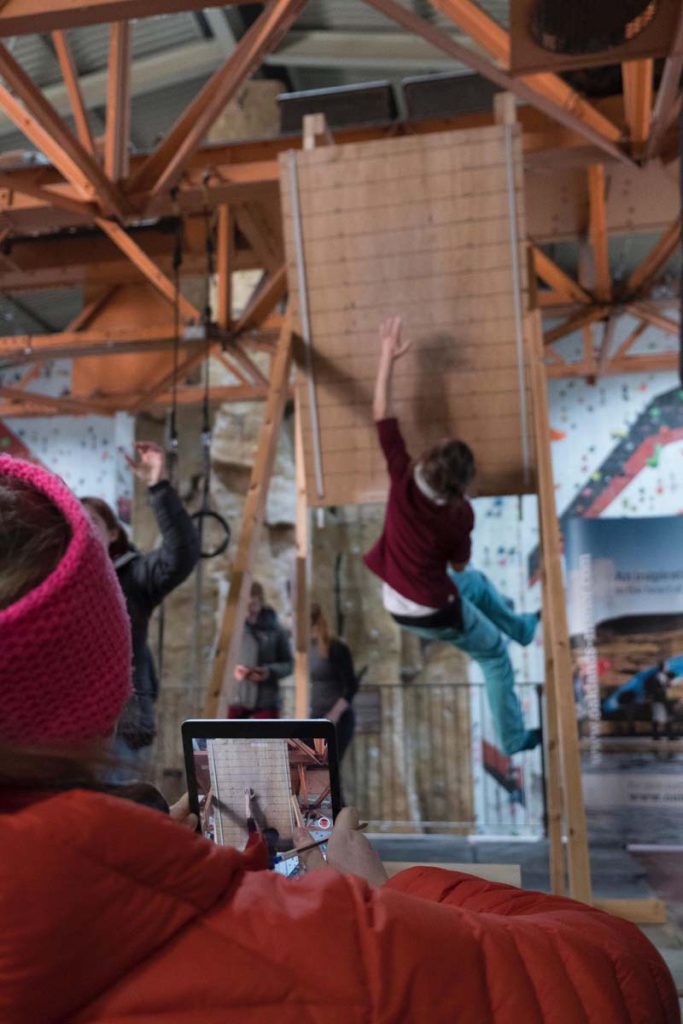
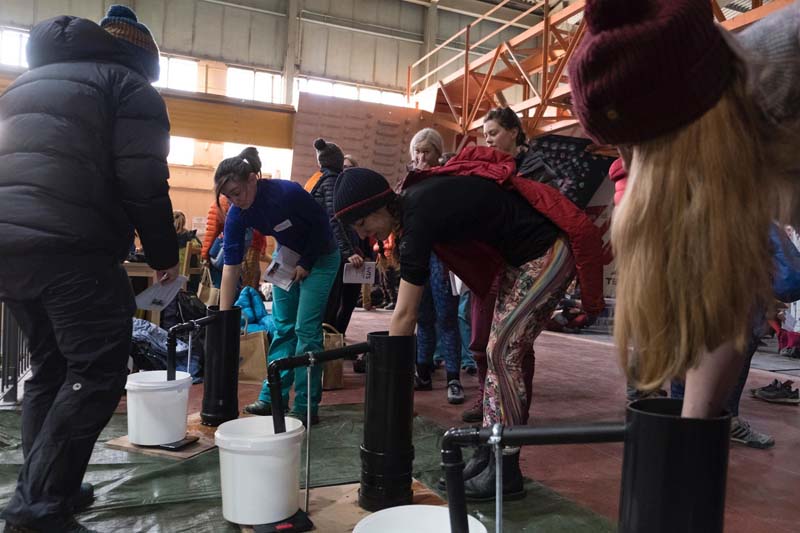
The critical force development system used custom lattice rungs equipped with technology that Dave had built himself in the final few weeks before the symposium – this is a good representation of how close to the cutting edge these guys are operating – the science being carried out is a world first and to have the opportunity to use an all female focus group is incredibly rare within climbing circles. The average reported grade for participants was French 7b and V6, giving you an idea of the level of performance these women were bringing to the testing stage. I personally saw multiple women scoring in the 90’s on the slap test which predicted a grade of 8a/+ based on previous data.
As one of very few men on the scene that day I was half expecting to feel a little exposed or not quite welcome considering that this day was supposed to be all about women, but actually the opposite was the case. During the group lectures that took place in the latter half of the day I had the chance to join in with the discussion and expanded my knowledge considerably in areas I thought I was already relatively well versed in. Something that really caught my attention was how the challenges that Cora has experienced in her training were reflected across many other attendees. It’s so easy in isolation to assume that you’re the only one struggling with a particular issue, but it was really clear here that not only did many people share a common problem, but that there could often be a common solution as well. Struggling with powerful moves? A group of heads nodding in agreement. Unsure how to improve your power endurance? Welcome to the club! The powerful part of this realisation is that when many people have a problem, it’s far more likely that you’ll find someone with a solution – and this was just the place to find it.
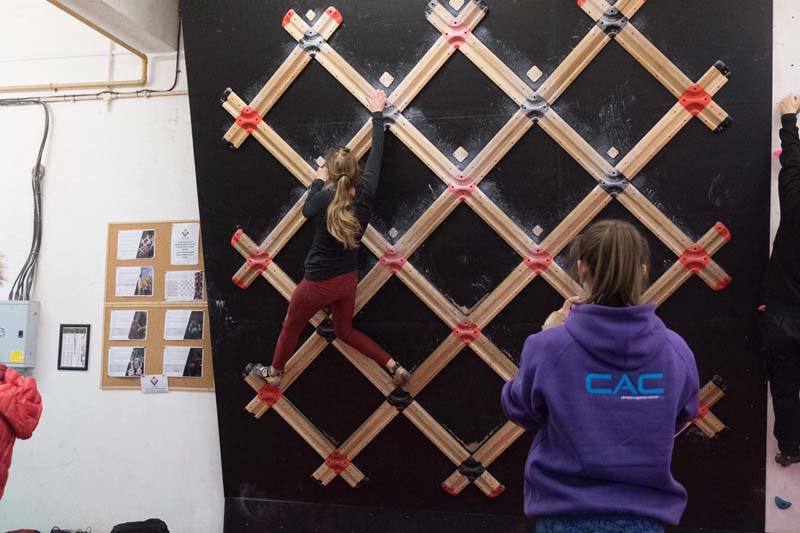
The afternoon sessions included a detailed description of the different energy systems we use within climbing and how they can be ideally trained – crucial beta for being able to hold on longer when pumping out on a crux! This was an area where the experience of the group really showed itself, with the conversation quickly leading deeper into the analysis of training patterns, session timing, volume management and more. Next we got battered into shape by Jen Wilson through a variety of metabolic conditioning and kettle bell exercises, whilst Nicky described how strength training has helped her with injury prevention and laid down some facts about the menstrual cycle in relation to training – something I’d never even heard talked about before. The representation of how hormonal fluctuations should be taken into account when planning loading and training was a real eye-opener in terms of how significant an effect the regular patterns of the body can have upon training quality and perception of strength. Jane ran a core session that took in everything from basic floor based manoeuvres to more complex, climbing specific movements and even some heinous exercises-ball balancing antics which were incredibly difficult to get right.
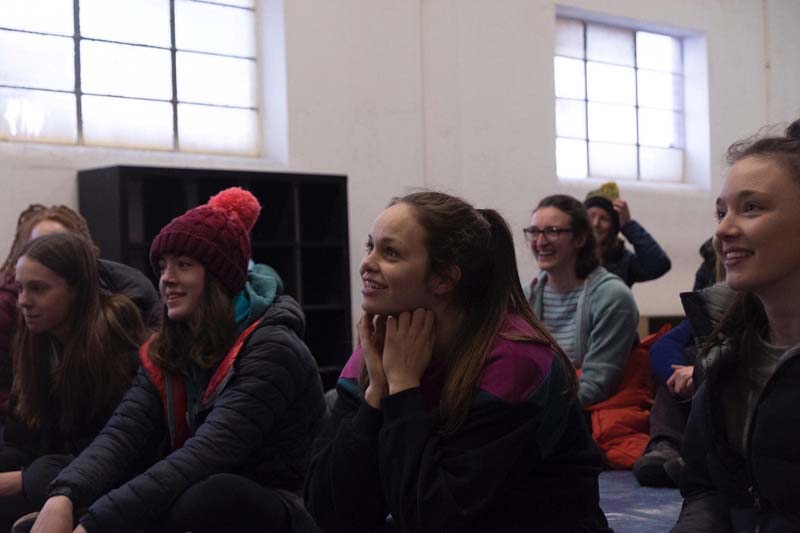
My favourite session was from Mina, focusing on nutrition and goal setting. Mina has recently broken her wrist in a bad fall from her long-term 9a project Rainshadow at Malham Cove, but her motivation for climbing and training was evidently still very much present. She delivered an absolute wealth of nutrition knowledge and tactics, but my takeaway moment was a simple trick on adapting mindset to facilitate goals (paraphrased):
“Changing how you behave isn’t as simple as trying to emulate someone you would like to be like; this is unsustainable. Instead, decide on your goal – for example, you climb V2 and would like to climb V5. Define what you think a V5 climber behaves like and how those choices differ from the choices you currently make. From this point on, whenever you make a decision, ask yourself ‘Is this what a V5 climber would do?’. Be it to complete an extra set of pull ups at the end of your session, or choose a carrot snack instead of a biscuit, you will slowly but surely adopt the habits and mindset of the climber you want to become.”
In my opinion, this is an incredibly important component of consistency and good performance. Good choices lead to good habits which in turn facilitate the best possible progress with your training. In effect, this was the purpose of the whole symposium; to equip these women with the knowledge and certainty to make the right choices and take their performance to the next level, whilst allowing us a deeper insight into the numbers behind the experience of climbing.
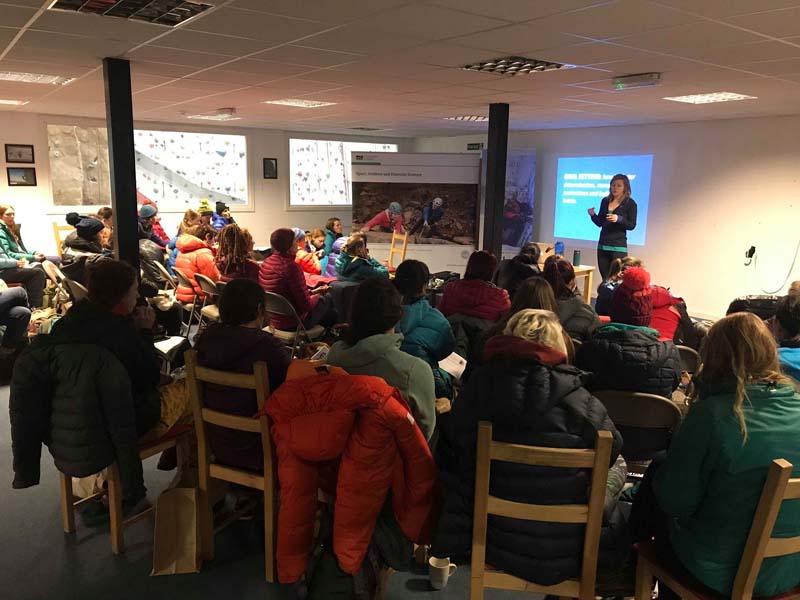
My sincere thanks to the Lattice team and Derby University for inviting me along and allowing me to share in the experience with such a motivated group of climbers. Here’s to the next WTS!





